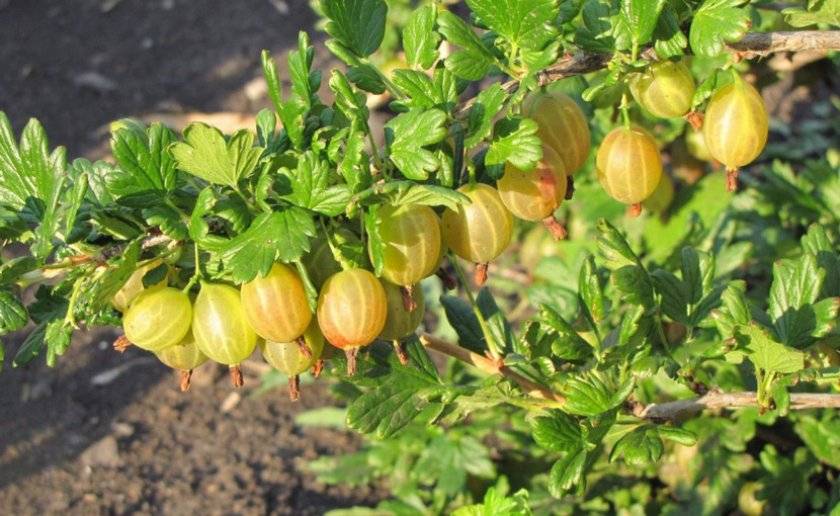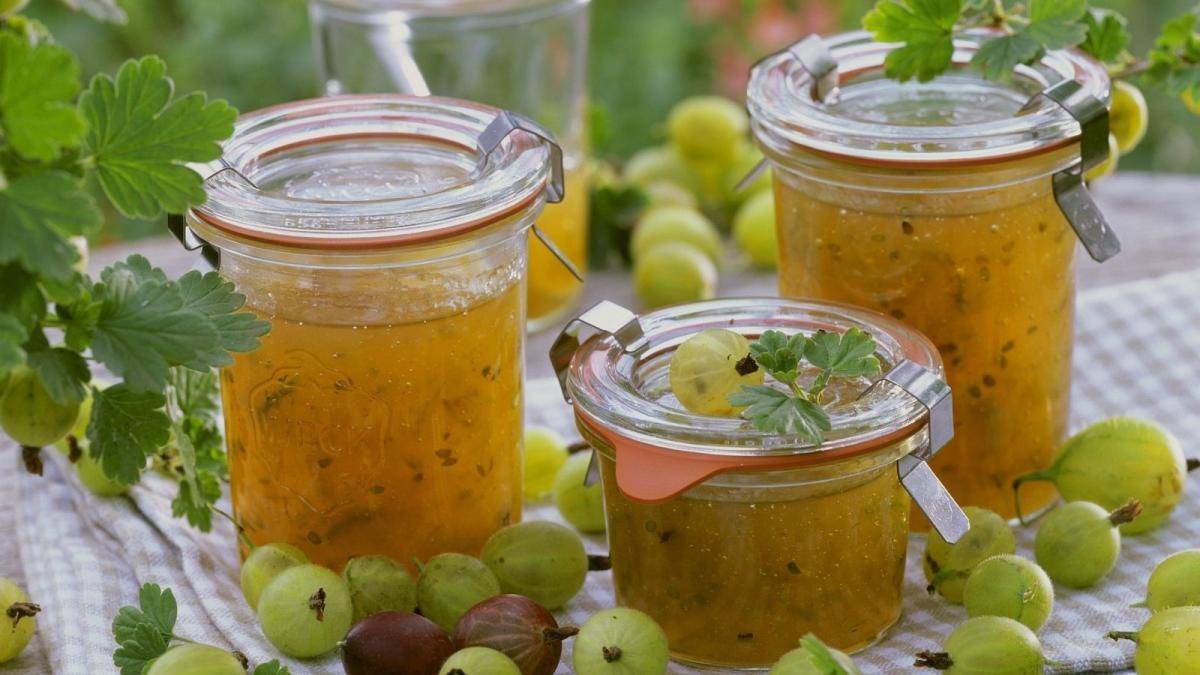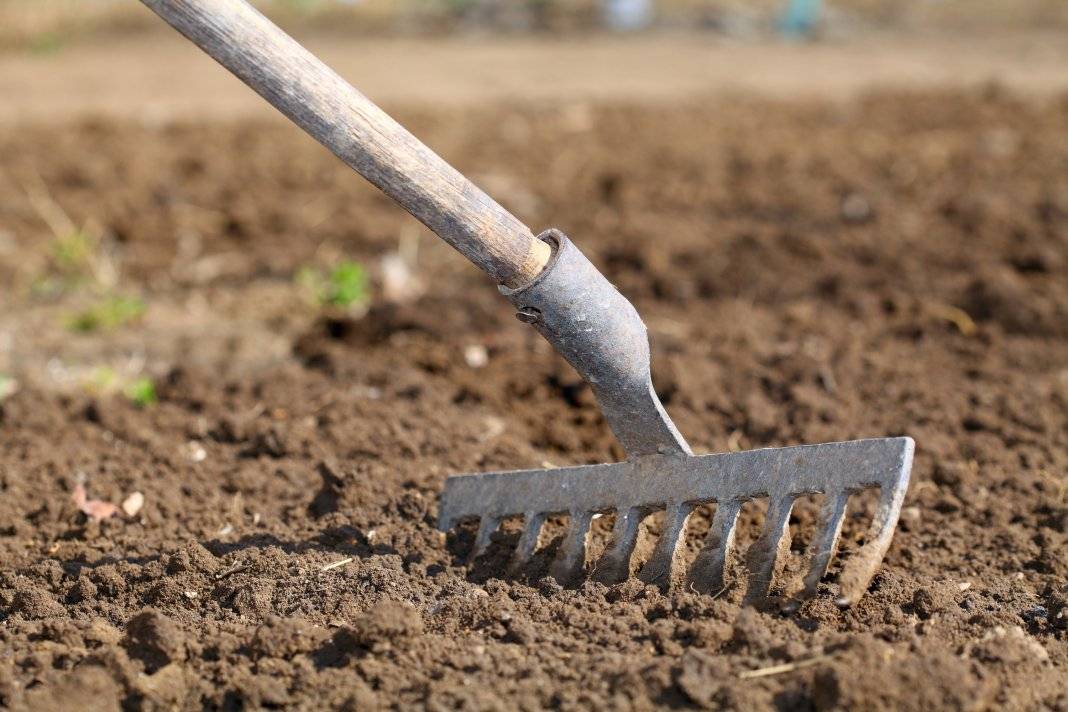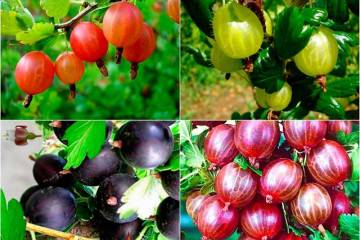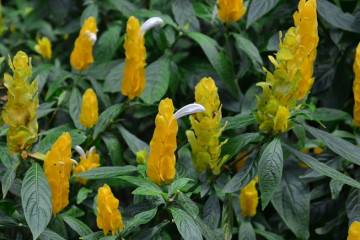Gooseberry Russian yellow - advantages and disadvantages
Content:
When choosing a gooseberry variety for planting, owners of summer cottages and suburban areas should pay attention to Russian yellow. It is distinguished by amber berries, rich taste and aroma. And everyone can follow the recommendations for growing and caring for this variety.
Description and characteristics of gooseberry Russian yellow
Gooseberry Russian yellow was bred in 1964 in I. V. Michurin's gardening. In 1974 it was officially entered into the State Register. The varieties Oregon, Careless, Curry and Shtambovy participated in the breeding. Zoned for the North-West regions and the Ural Territory. But thanks to its endurance, it quickly gained popularity in different climatic zones. The variety bears fruit well both in cool and rainy summers and in hot, dry summers.
Characteristics of the bushes
This variety is characterized by medium-sized bushes and spreading branches. An adult plant reaches 1-1.2 m in height. Young shoots are colored green, but with age, their woodiness and darkening of the bark occur.
Leaf plates are medium in size, deep green, without pubescence. Incisors are located along the edges. Small buds are slightly oblong, brown. Thorns are located mainly at the base of the bush. Flowers are small in size, pale in color. Up to two flowers can grow on one brush.
Characteristics of berries
The fruits of the Russian gooseberry are rather large. The mass of one berry reaches about 4.5-6 g. They have an oval shape. The skin is of medium density, covered with a light waxy bloom. Ripe fruits are yellow-amber colored. The taste is sweet and sour with a slight gooseberry sourness. The pulp is juicy, seeds are in small quantities.
Features of the variety
Ripening of berries occurs at the end of June or beginning of July. The exact date depends on climatic and weather conditions. A shrub with a ripe crop looks very attractive: amber fruits shimmer spectacularly in the sun. Without using an additional pollinator, 5-9 kg of berries can be harvested from one adult bush.
Taste qualities
Russian yellow berries taste sweet and sour with a characteristic pleasant aftertaste. 100 g of fruit contains 9.3% sugar and 12 mg of ascorbic acid. The experts determining the tasting score gave 4 points.
The variety is characterized by high frost resistance. Without shelter, the culture can withstand frosts up to 25 degrees. When grown in harsher climates, additional insulation will be required. At the same time, the plant tolerates drought and heat well.
The variety is not resistant to fungal diseases, therefore it is susceptible to spheroteca and powdery mildew.
Using berries
Berries are distinguished by their versatility. They can be used not only fresh, but also for cooking:
- jam;
- jam;
- compote;
- wine;
- desserts.
Advantages and disadvantages of the Russian yellow variety
Russian yellow gooseberries are interesting to grow due to their advantages:
- high winter hardiness;
- good transportability;
- the possibility of long-term storage of fruits;
- self-fertility;
- presentation of berries;
- drought tolerance.
Among the shortcomings, it is worth noting the average immunity to fungal diseases, the need for a garter of spreading bushes.
Planting young seedlings on the site
It is recommended to plant seedlings according to a certain technology and taking into account some rules.
Selection and preparation of seedlings
A competent choice of planting material is the first step towards growing a healthy crop. The root system of a young gooseberry testifies to good health and development. Before buying it, it is recommended to carefully examine it and make sure that there are no damaged and dry roots.
A healthy seedling can contain from 2 to 4 skeletal roots, which are 12-14 cm long. The root should be light brown or cream in color when cut. A dark brown cut indicates the death of the seedling.
In addition to the condition of the root system, before buying, you should pay attention to the condition of the gooseberry buds. When pressed, the kidneys should appear moist and not dry or crumbly.
Landing time and pattern
The best time for planting seedlings is the first half of autumn. Depending on the climatic zone and the time of the onset of frost, this can be from early September to mid-October.
Holes of 60x60x70 cm are preliminarily prepared.If you plan to plant several seedlings, the distance between them is maintained at 2 m.
Choosing a landing site
Russian yellow prefers areas with good illumination, without stagnant water. The best place for planting will be chernozem or light loamy soils with neutral acidity.
Site preparation
It is recommended to prepare the soil before planting. First of all, a thorough cleaning and removal of weeds is carried out on the site - this is a mandatory measure before planting any crop. After that, you can dig it up and fertilize it with humus or compost at the rate of 10-12 kg per 1 sq. m.
If the gooseberry is planned to be planted on sandy loam soil, clay is added to it and, conversely, sand is introduced into the heavy clay soil. And with high acidity - lime in the amount of 200-250 g per 1 sq. m.
Planting process
The landing procedure itself includes a number of stages:
- Digging a hole.
- Adding 20 liters of humus, 70 g of superphosphate and 100 g of wood ash.
- The location of the seedling in the hole at an angle.
- Deepening of the root collar by 10 cm.
- Falling asleep with earth and easy tamping.
- Abundant watering.
Features of seasonal care
Gooseberry care involves a number of agrotechnical measures.
Watering and feeding
Russian yellow, like red varieties, needs sufficient potassium. Its deficiency can lead to leaf burns. It is recommended to apply a full range of mineral fertilizers annually.
In early spring and during the flowering period, fertilizing with nitroammophos is carried out at the rate of 50-60 g per one bush. And during the ovary of fruits - wood ash.
When it comes to watering, this variety tolerates drought better than stagnant water. The soil should be moistened when about 10 cm of its top layer dries out. Depending on the weather conditions, this should be done no more than once a week.
Mulching and loosening
The loosening procedure allows not only to improve the air exchange of the soil, but also to prevent the appearance of pests and diseases. To retain moisture and reduce the frequency of watering, you can perform a mulching procedure. To do this, a 5-7 cm layer of straw, pine needles or rotten grass is laid out at the hole.
Using supports
Due to the spreading and high yield, gooseberry branches are recommended to be supported and tied up. The procedure is best carried out before the fruit set, so that their mass does not lead to deformation of the branches.
Pruning
Pruning the bushes should be carried out annually, removing twisted, dry and diseased branches. The best time for this is April and the end of September. At 5-6 years of life, old branches with cracked and dark bark are to be removed.
Preparing for winter
In view of their frost resistance, preparing a gooseberry for winter means only cleaning the supports and garters.
Reproduction
Reproduction of the Russian yellow gooseberry is possible in three ways:
- By cuttings. A cut of an adult healthy branch with a length of no more than 20-25 cm is used as a cutting. The cut sites are processed with growth stimulants, after which the cuttings are planted in a greenhouse.
- By division. The procedure involves the autumn digging of an overgrown bush and its subsequent division into several parts. As practice has shown, the variety tolerates this procedure well.
- Layers. The simplest method, which involves bending the shoot to the ground, partially dropping it in and fixing it. By the new season, the cuttings take root and can be planted in a new place.
Disease and pest control
To protect the plant from diseases and pests, it is necessary to remove fallen leaves in a timely manner, which serve as the best place for wintering insects and pathogens.
The preparations Tanrek, Prophylactin and Biotlin, as well as Bordeaux liquid, copper sulphate and soda ash, have shown themselves well against fungi.
Proper cultivation and care of gooseberries are the main factors affecting the quality and volume of the crop. The Russian yellow variety is not very demanding in care, so both experienced and novice gardeners can grow it.
